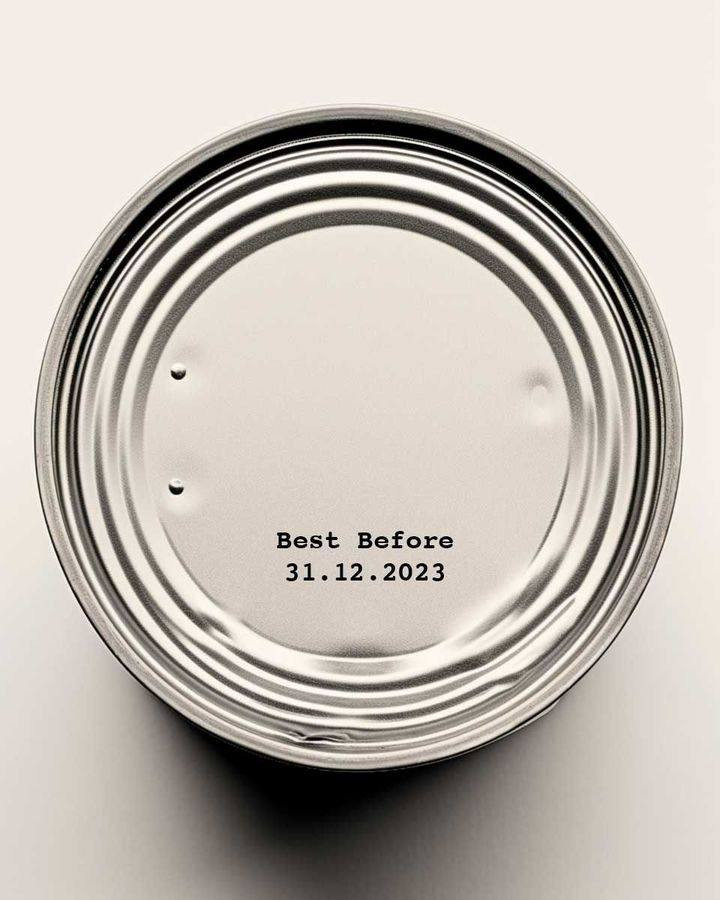ADVERTISEMENT
Certainly! Here’s an article based on the topic you provided:
Understanding Food Expiry Dates: Decoding Their True Significance and Guidelines for Recognizing the Right Time to Discard Your Food
Food expiry dates often seem confusing and sometimes contradictory. One package might say “best before,” another “use by,” and yet another “sell by.” With so many terms, it’s no surprise that many people struggle to understand when food is truly safe to eat and when it should be discarded. Understanding these dates not only helps reduce food waste but also ensures food safety.
What Do Expiry Dates Really Mean?
- “Best Before” Date
This date indicates the period during which the food will be at its optimal quality in terms of taste, texture, and nutritional value. It is not a safety date. Many foods can still be safely consumed after the “best before” date, though their quality may diminish. - “Use By” Date
This is the most critical date concerning food safety. Foods should not be consumed after the “use by” date as they may pose health risks. Typically, perishable items such as meat, dairy, and ready-to-eat meals carry this label. - “Sell By” Date
This date guides retailers on how long to display a product. It’s not meant for consumers to determine food safety but can be used as a rough guide to freshness.
Why Do Expiry Dates Vary?
- Type of food: Perishable foods spoil faster than dry or canned goods.
- Storage conditions: Proper refrigeration or freezing extends shelf life.
- Packaging: Vacuum-sealed or airtight packaging slows spoilage.
- Preservatives: Some foods have additives to prolong shelf life.
Guidelines for Recognizing When to Discard Food
Even with dates, food safety depends on careful observation:
- Visual Inspection: Mold, discoloration, or unusual textures are clear signs food should be discarded.
- Smell Test: A sour or off smell is a strong indicator of spoilage.
-
ADVERTISEMENT
